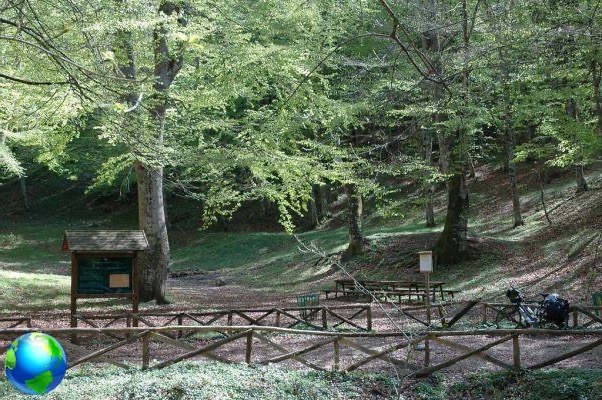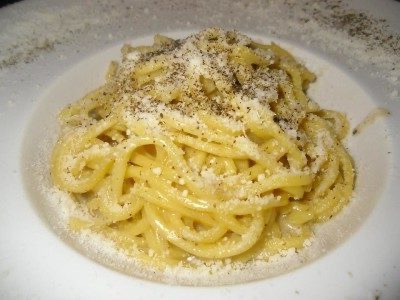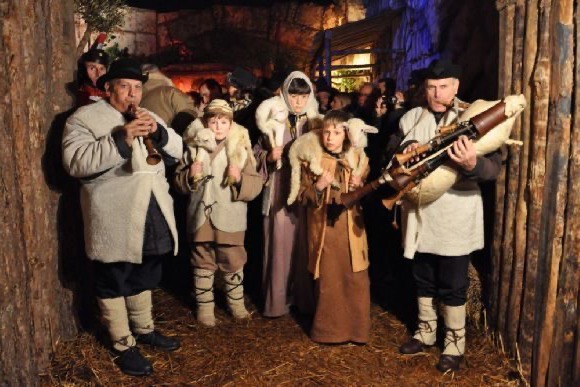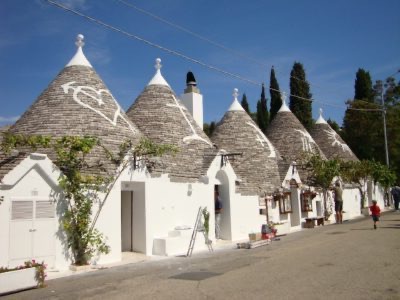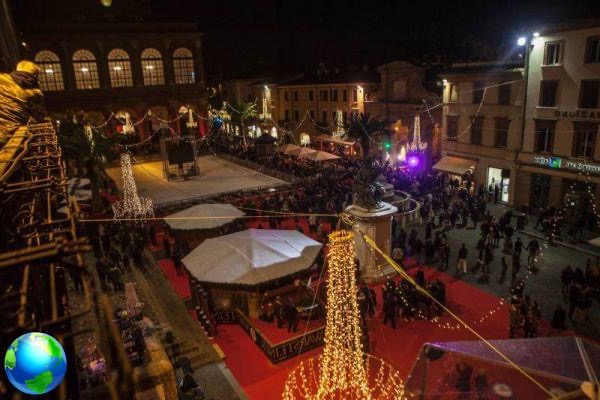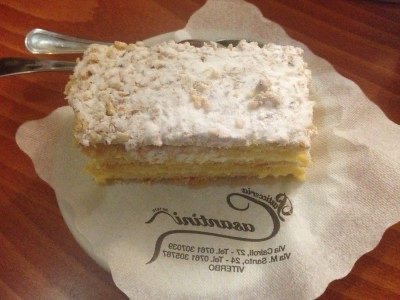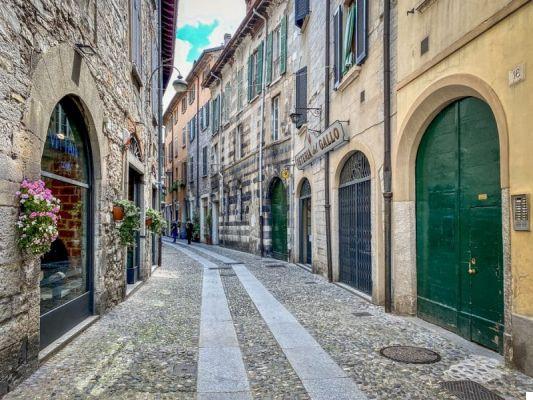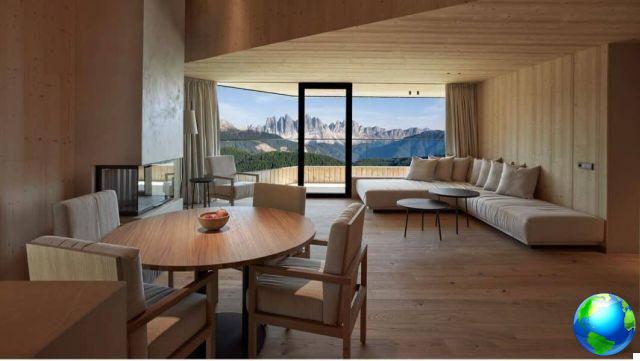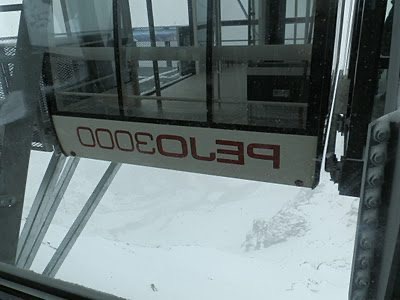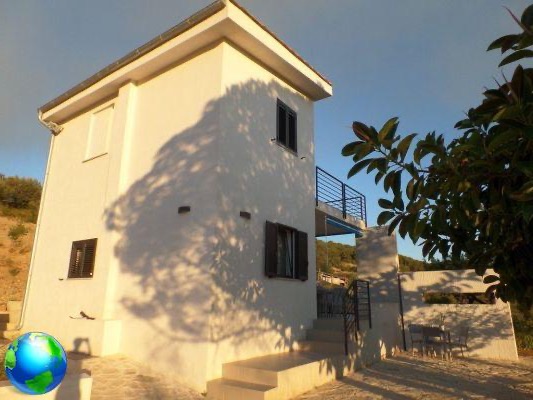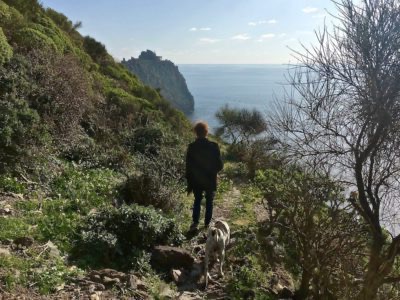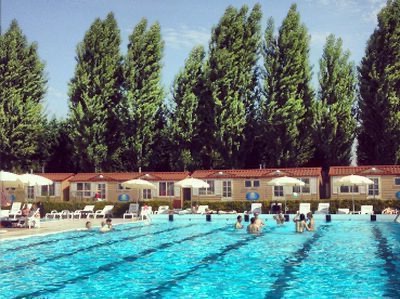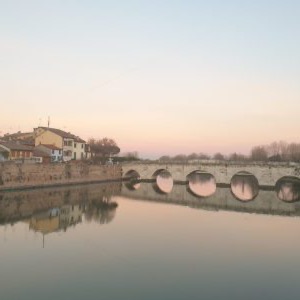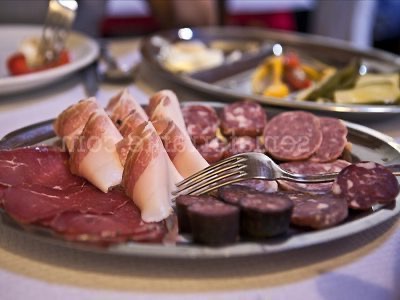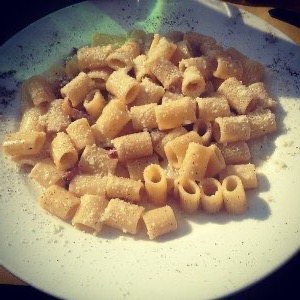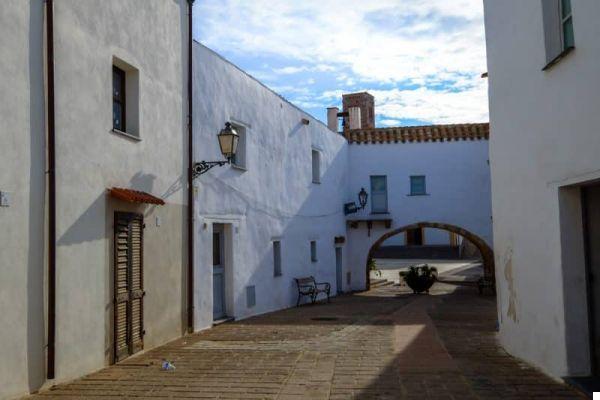Finally Friuli!! Well yes, after years of waiting I finally managed to visit this region properly (we needed Covid in short!). Together with Molise and Abruzzo, I believe that Friuli is one of the least known and most undervalued regions of Italy. Much is certainly determined by its geographical position, Friuli Venezia Giulia is not a transit region (unless you want to go to Slovenia ..), it is the eastern border of Italy and you really have to want to come to get here. . Once this decision is made, however, it is a region that really amazes because it has everything: sea, rivers, cities of art, lakes, mountains and good food / wine (and everything relatively close at hand I would add!). For me it was a constant surprise. Another incredible plus of this region is that, all in all, it is sparsely inhabited and little traveled by mass tourism so it allows you to visit the beauties of its territory without queues and crowds (even in August!): Definitely priceless, even more so. nowadays!
I will write several articles on Friuli Venezia Giulia and this is the first of the series, the more general one, where I will tell you about the must, the places not to be missed if you visit this region for the first time.
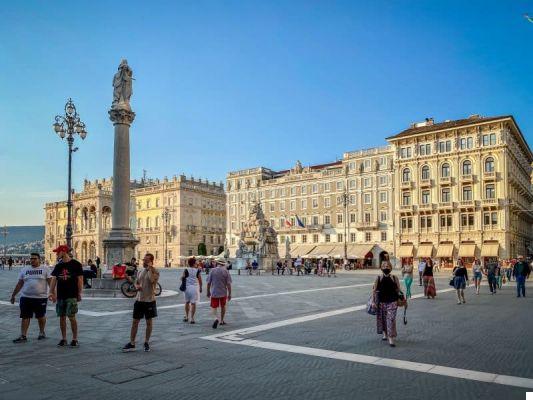
What to see in Friuli Venezia Giulia: 10 places not to be missed
1.Trieste
Trieste was the only place I already knew of Friuli (and which I was already in love with). A Central European city with a romantic and liberty air, home and home of many famous writers (Svevo and Joyce just to name two ..) who found inspiration here. Trieste is a frontier city (Slovenia is really a stone's throw away) which has always welcomed several communities and it is no coincidence that, walking through the center, you will happen to see a Serbian Orthodox church next to a Catholic and a Greek Orthodox church. What drives me crazy about Trieste is that it is a "lively" city from a geographical point of view and full of greenery, it is a city that is spread over several hills and overlooks the sea. The historic center is full of beautiful Art Nouveau buildings and squares that are teeming with bars and clubs, and it is clear that it is a lively city full of young people where the quality of life is certainly high. The prices also contribute to all this, very low (at least for us ugly Milanese!): I just tell you that a spritz or a glass of wine costs 2-2,5 euros! If you go there, remember to also visit Miramare with the castle of Maximilian of Austria.
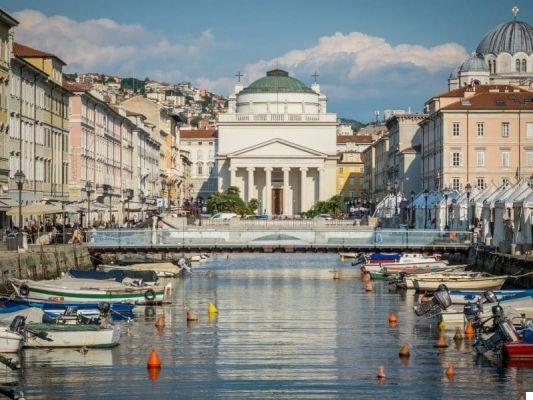
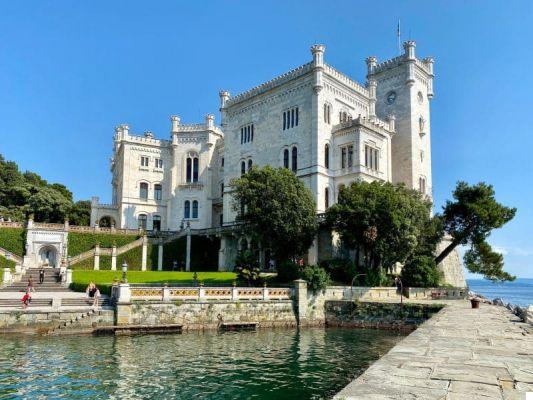
2.Udine
Udine is the "good living room" of Friuli, a medieval village later enriched by the Serenissima who conquered it in 1420 and built magnificent palaces and loggias in the Venetian Gothic style. The historic center develops around the Castle and to the beautiful Piazza della Libertà with the elegant Loggias del Lionello and Lippomano. But Udine is above all the city of Tiepolo, the one that probably preserves the greatest number of works by the eighteenth-century painter. His most important works are found in the Civic Museums (inside the Castle), in Diocesan Museum and Galleries of the Tiepolo and within the Duomo, in the chapels of the Holy Trinity, of Saints Ermacora and Fortunato and of the Most Holy Sacrament. Udine is a university city and on a human scale and you can visit everything comfortably on foot in one day (including museums). Being in a central position within the region then, you can easily use it as a base to explore the rest of the region (see paragraph below "Where to sleep in Friuli”), So you can also take advantage of its bars and famous taverns.
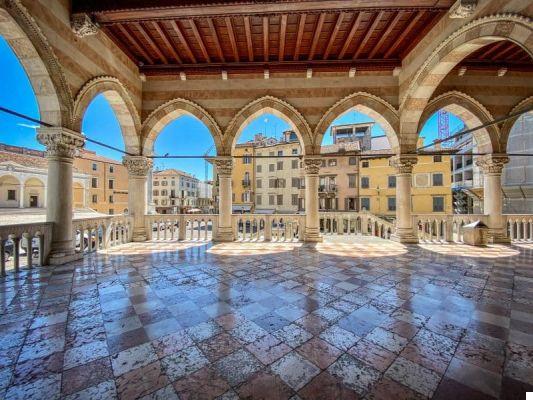
3. San Daniele del Friuli and the Tagliamento
Another perfect base for exploring the region can surely be too San Daniele del Friuli, the town famous for its succulent ham (it was already my favorite… but after having tasted the freshly cut one from the San Daniele Consortium… it is even more so!).
San Daniele is a small town perched on a hill and surrounded by beautiful nature. Among the things not to be missed there are definitely 1) one ham tasting, 2) the Guarneriana Library, one of the first Italian public libraries that preserves illuminated manuscripts, bibles and precious and ancient texts and 3) the Tagliamento river. The longest river in Friuli (and one of the most famous Italian rivers) is truly a sight because it is very wide and has many intertwined canals. The river is suitable for swimming (you will see many locals bathing or sunbathing in the various beaches that are created between the canals), and the most beautiful and evocative view is certainly the one enjoyed from Pinzano al Tagliamento (from the bridge or, better again, from the panoramic point on the Monte di Ragogna).
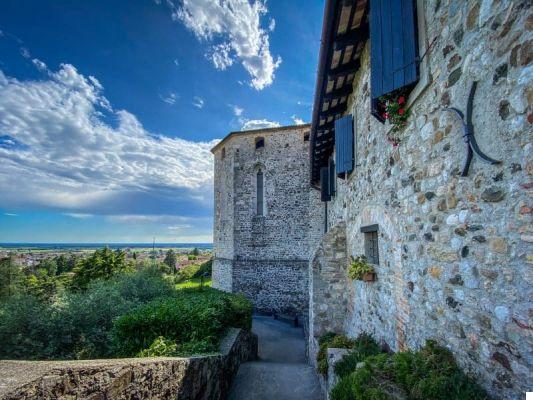
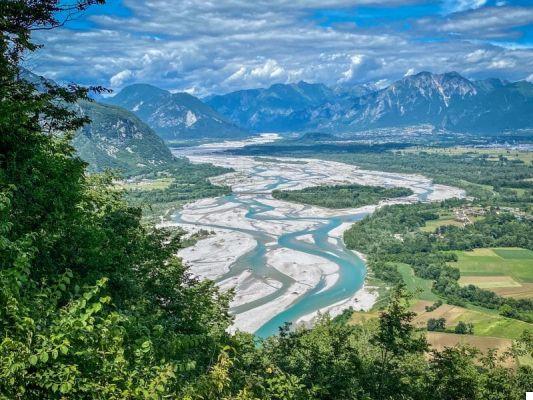
4.The Julian Alps: Montasio and the Fusine lakes
The north-eastern extremity of Friuli is occupied by Julian Alps, an area that is heavily influenced by Austria and Slovenia with which it borders. In these areas, nature reigns supreme and you can find many outdoor activities in both summer and winter. In winter, let's talk about one of the snowiest and coldest mountain areas in Europe (the locality of Sella Nevea it is called that certainly not by chance!) where you can ski until late spring. In summer, these mountains are a paradise for hikers and lovers of good food tour of the mountain huts on Montasio It is a must! The Jof in Montasio it is the second highest peak in the region (2753 m) and you can take some truly magnificent walks. Also in the area, a stone's throw from the Austrian border, there are the lakes of Fusine which are absolutely not to be missed! The crystal clear waters of these glacial lakes will leave you speechless!
5.Sauris and Carnia
Passing then on the north-western extremity we find the Carnic Alps, the border area with Austria (and with Veneto). Carnia is a very interesting area for both ski resorts (As Zoncolan for example) and for the landscapes and villages it hosts. Among the latter, it is definitely worth a visit sauris, near the lake of the same name. The road to reach it is full of hairpin bends, but once you arrive at your destination you will be rewarded for the effort. Sauris is a very nice country perfect for relaxing and for doing magnificent walks, such as the one from Sauris to Forni di Sopra, a magnificent path that crosses pastures, rivers and streams (in addition to spectacular landscapes!).
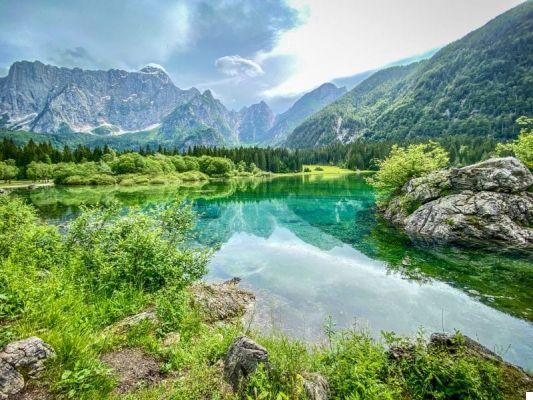
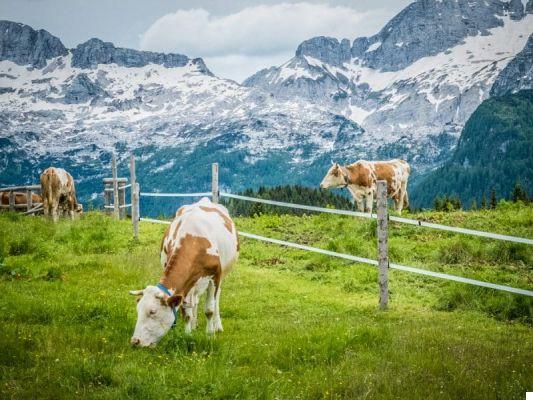
6.Cividale del Friuli
Cividale del Friuli it is truly a gem! This city has a very ancient and very important history: it was founded in II BC and called Forum Julii by Julius Caesar, and it is from this name that the Friuli region derives. It then became the capital of the Lombards and the seat of the Patriarchate of Aquileia and was one of the most important and influential cities in the region until 1700. The various dominations that have followed have left the city a great historical and artistic heritage that has made it enter among the UNESCO World Heritage Sites. The things not to be missed are definitely the Devil's Bridge (which dates back to no less than 1442!), the Lombard Temple,Celtic Hypogeum, Christian Museum and the National Archaeological Museum, even if the best way to explore it is to get lost in its historic center and wander aimlessly.
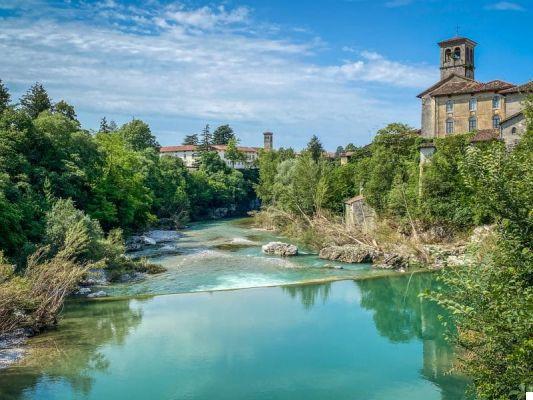
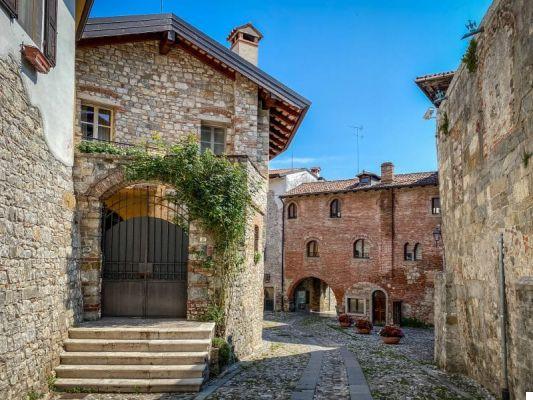
7.Aquileia
With Aquileia you go from a UNESCO heritage to another. His Basilica it is a must for anyone visiting Friuli (I had been there on a trip to high school and I still remembered it!). Inside, in fact, in the 900s a beautiful floor mosaic from the XNUMXth century which is the largest and oldest in the world, and depicts scenes from the Old Testament. The Roman colony of Aquileia was founded in the XNUMXnd century BC and then became a fundamental center for the spread of Christianity in north-eastern Italy under the emperor Maximilian. Around the Basilica there are the remains of the ancient Roman forum and the river port, but if you have little time available, focus only on the Basilica.
8.The Collio
Even those unfamiliar with Friuli usually know though the Friulian wines, true regional pride (how to blame him?). Collio Bianco DOC, Ribolla, Tocai, Sauvignon Blanc (but do we want to talk about the goodness of Felluga?!?) .. these Friulian excellences are produced right in the Collio, a hilly area that develops around Gorizia, between the Soča River and the Slovenian border. You can start exploring the area from the village of Cormòns (formerly Austrian) and then dedicate yourself to wine tastings in the various cellars. Most of these also make available to customers (for a fee, of course!) flaming yellow wasps (and bicycles in some cases) to enjoy the views in the open air and it can certainly be a nice and fun way to appreciate this territory even more. Among the wineries to visit I point out:
- Castle Thick
- Superior Russiz
- Komjanc Alessio and sons
- Draga - Miklus
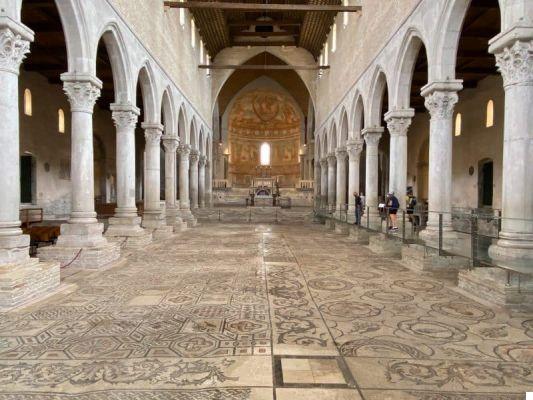

9. Grade
After so much mountain finally sea! In reality we are talking about the lagoon, the big one Lagoon of Grado and Marano which extends between the mouth of the Tagliamento and that of the Isonzo more or less, within which there are two of the most famous seaside resorts in Friuli: Lignano Sabbiadoro e Grado. Lignano .. unless you are particularly interested in the 60s town planning or are looking for the slightly vintage atmospheres of Jesolo and Rimini .. I would avoid it. I would rather recommend you to visit Grado and the Foci dello Stella Nature Reserve. The islet of Grado was the living room of the Austrian bourgeoisie between 800 and 900 who came here for the thermal baths and for the sea; today it is a beautiful seaside town with narrow streets and canals that are very reminiscent of Venice, with the best fish restaurants in Friuli and nice beaches where you can relax in the sun.
To explore the area in an original and sustainable way, I recommend using the RideMe bikesharing service, an App designed and developed by Efesto Studio that also includes a geolocated audio guide. In this way, while you visit the area you will also automatically have a lot of historical, natural, cultural information, as well as anecdotes and curiosities, based on your position (which is detected by the GPS). Using the service is very simple, just register on the platform, choose one of the bicycles made available in the 5 prepared stations and frame the QR code with the mobile phone camera. The rental is done and at the end of the trip the padlock is closed manually and payment is made, again via the App.
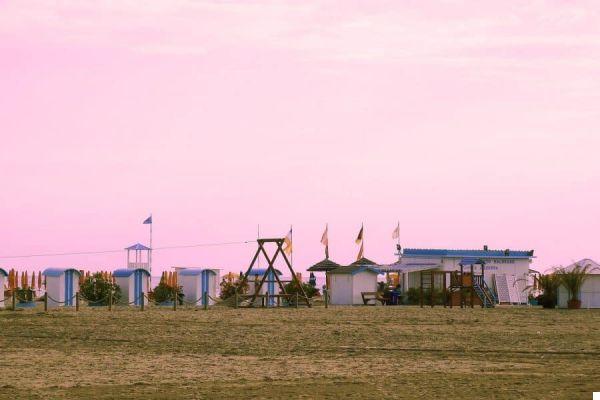
10.Palmanova and Redipuglia
I close this review on the places not to be missed in Friuli Venezia Giulia with Palmanova e Redipuglia. The fortress of Palmanova is famous for its polygonal star shape with 9 points. The fortifications were built from 1593 by the Serenissima to defend itself from the Habsburgs and the Ottomans and today it is possible to appreciate this incredible military architecture by walking along the entire ramparts. The best view would be that area .. but it is impractical for us mere mortals. Redipuglia instead it is famous for its shrine, an immense monumental military cemetery built in the Fascist era that contains the remains of over 100.000 Italian soldiers who died during the First World War. It is the largest in Italy and it is particularly touching I must admit.
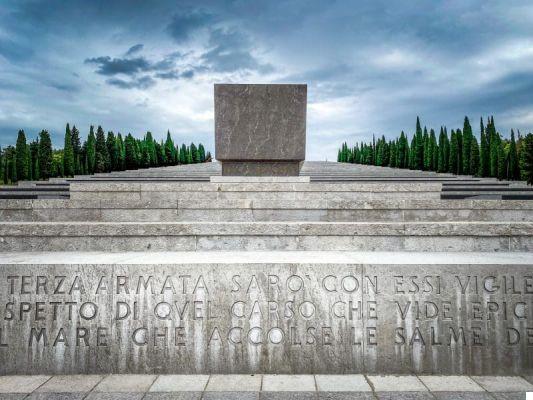
How to organize a trip to Friuli
When to go to Friuli Venezia Giulia
Friuli Venezia Giulia can be appreciated in all seasons. L'high season (as everywhere in Italy) it is certainly in August, especially for seaside resorts such as Lignano or Grado, but also for the mountains. For the latter, there is a peak even in winter on the ski resorts. Spring and autumn are quite rainy (especially spring) but the landscapes can be truly magnificent.
How to move in Friuli Venezia Giulia
The best way to move freely is by car. There are public connections (train and bus) but they mainly concern the 4 provinces. When you leave the large inhabited centers it can be difficult to reach the various places of interest. Getting there you get there but it will take a long time and you must have planned everything very well.
To reach Friuli by plane the closest airport (it is also the only one in the region) is theFriuli Venezia Giulia Airport which is located at Ronchi dei Legionari, 33 km from Trieste and 40 km from Udine. From there you can then rent a car and make your rounds freely. I advise you to always book the car first to get more advantageous prices; usually i use the Rentalcars website.
Where to sleep in Friuli Venezia Giulia
Unless you want to stay several days in a specific location (and I definitely recommend you to do it in Trieste), you can visit all the places described in this article based in Udine or, even better in San Daniele del Friuli (which is very central in the region). From there you can reach practically any location in Friuli Venezia Giulia 1 hour and a half maximum, ranging from the sea to the mountains. Trieste instead it is very decentralized, there are many things to see and do, so it is better to organize yourself to sleep there at least one night. This will also allow you to enjoy the city in the evening (and deserves it, both for bars and restaurants!).
- Trieste - Boutique Hotel the Hidden Tree
- Trieste - Hotel James Joyce
- Trieste - The Modernist Hotel
- Udine - The Liberty House
- Udine - Locanda al Cappello
- San Daniele del Friuli - Hotel ai Sapori
- San Daniele del Friuli - Villa Minini Bed & Breakfast
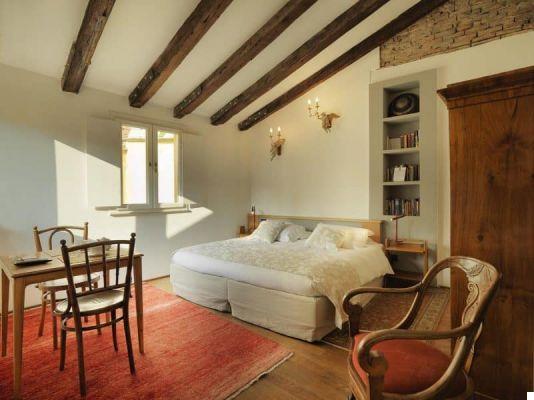
Other ideas for a trip or a weekend ..
- New Year's Eve in European capitals: where to go?
- What to see in Athens: all the places not to be missed
- Budapest: what to see in 3 days
- Plovdiv (Bulgaria): what to see
- Sofia (Bulgaria): all the things to see




